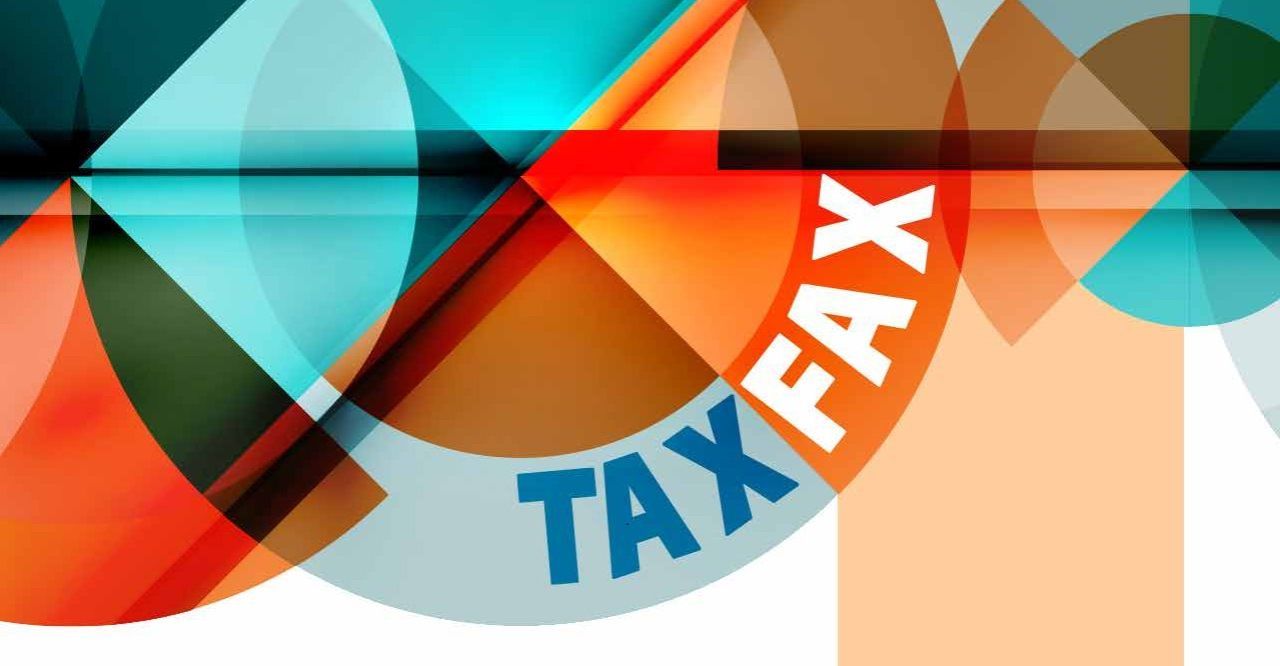
Patronage or Non-patronage? The Internal Revenue Service provides guidance on the determination of patronage for two rural telephone cooperatives.
During the first half of 2022, the Internal Revenue Service (the “Service”) released two private letter rulings (“PLRs” or a “PLR”) that addressed unique situations impacting rural telephone cooperatives. In the first PLR, the Service concluded that a portion of a gain realized by a consolidated corporate subsidiary of the cooperative could be excluded from consolidated gross income if properly allocated to the cooperative’s members.[1] In the second, the Service concluded that income from the cooperative’s investment in both rural service area entities and metropolitan statistical area entities attributable to securing cellular services for its members is patronage income.[2] In both PLRs, each cooperative was previously granted exemption under section 501(c)(12) of the Internal Revenue Code but was no longer receiving eighty-five (85) percent or more of its income from members.[3] As such, each rural telephone cooperative was operating as a taxable cooperative corporation. This article provides an overview and analysis of each ruling and a few observations based on the facts and analysis included within each ruling.
This article is published in Fall 2022 issue of The Cooperative Accountant. To read the complete article please visit the NSAC Member Library in Connect. (Be sure to login to view library entries)
[1] See PLR 202214004 (April 8, 2022).
[2] See PLR 202224003 (June 17, 2022).
[3] Unless otherwise indicated, all “section” references are to the Internal Revenue Code of 1986, as amended (the “Code”), and all “Treas. Reg. §,” “Prop. Treas. Reg. §,” and “Temp. Treas. Reg. §” references are to the U.S. Department of the Treasury (“Treasury”) regulations promulgated or proposed thereunder, respectively, by the Treasury and the Internal Revenue Service (the “Service”), both as in effect through the date of this article.